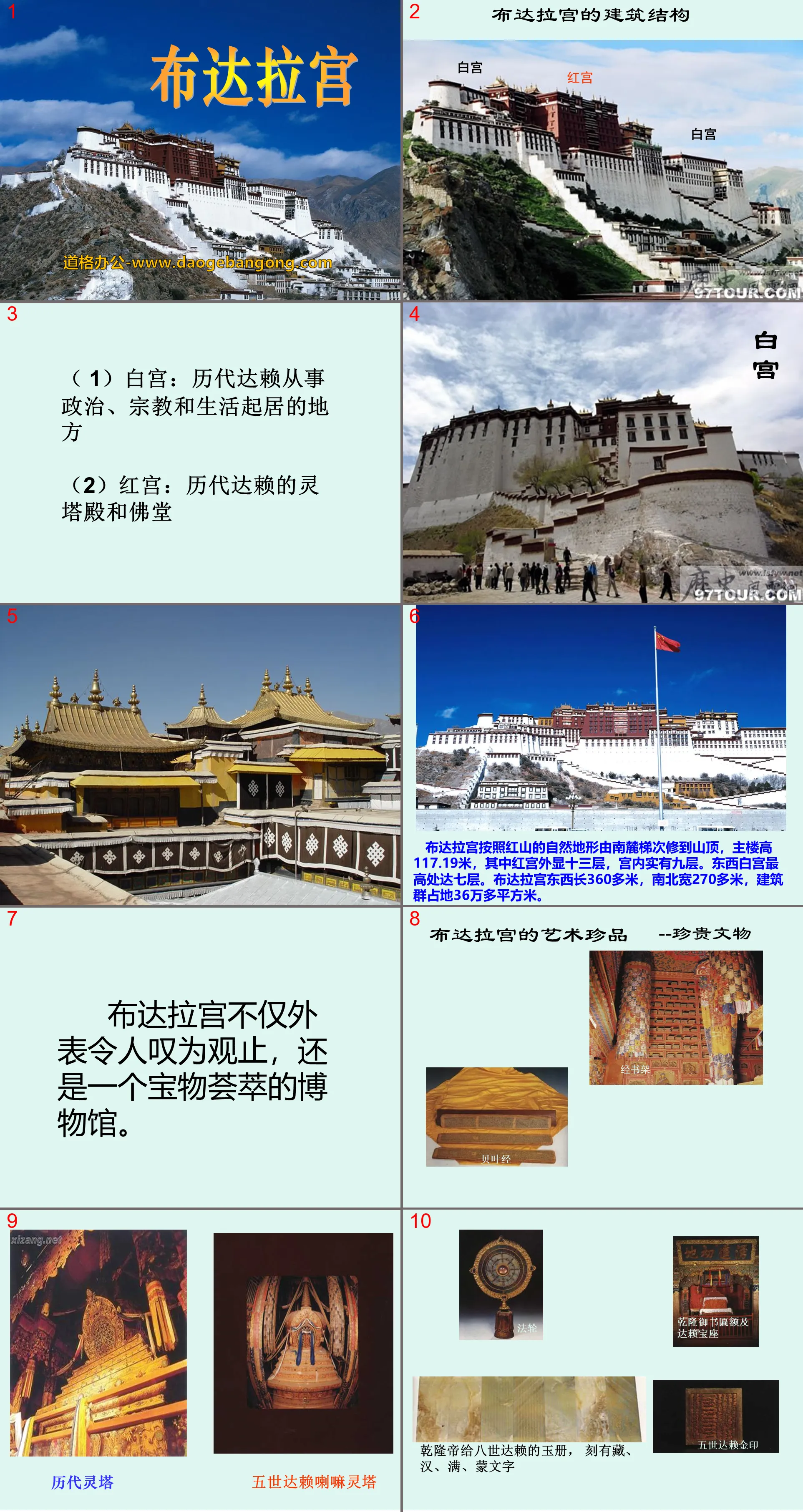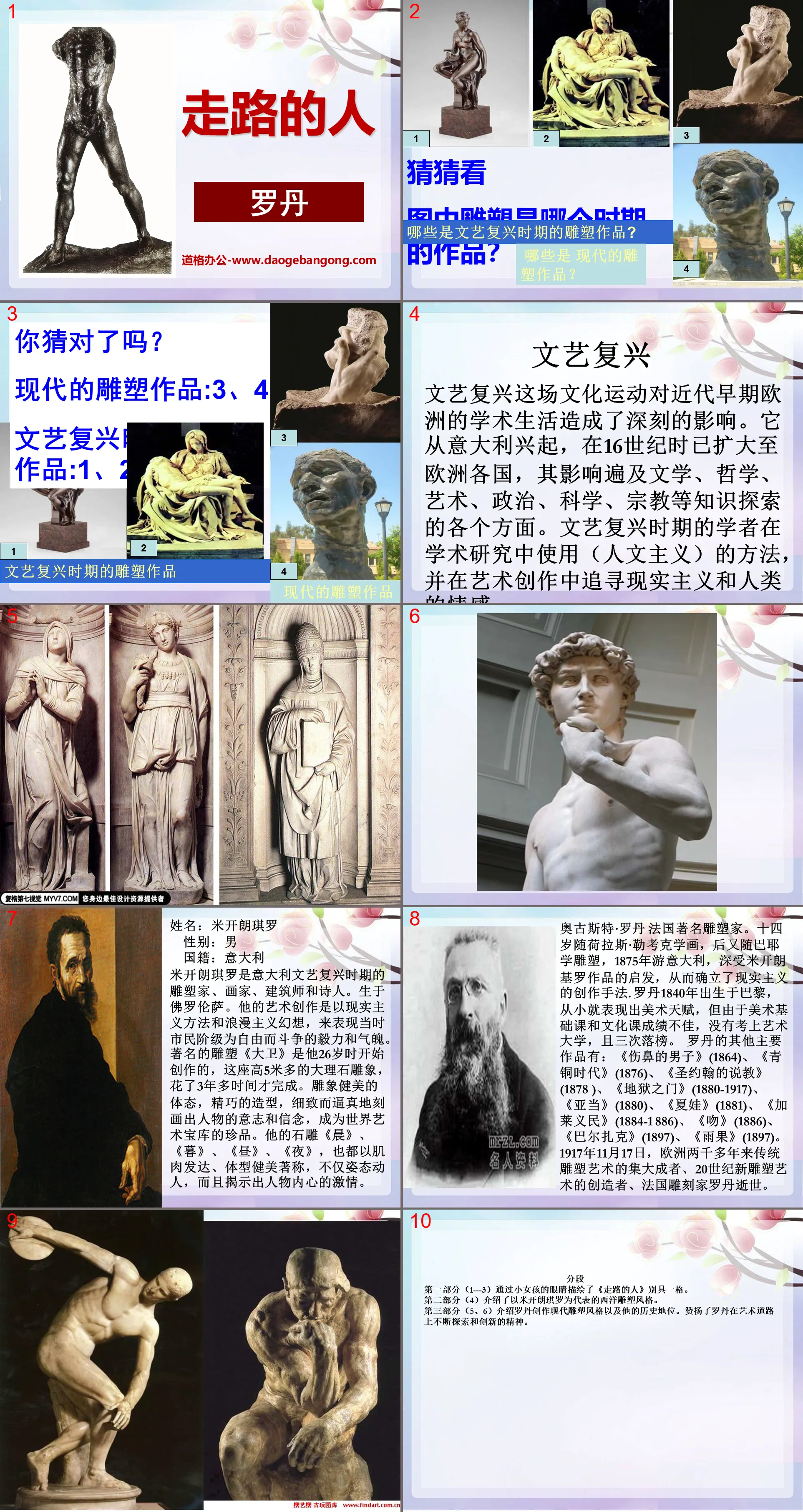"Beauty spanning a hundred years" PPT courseware 13 Simple campus recruitment activity planning plan summary enterprise and institution recruitment publicity lecture PPT template is a general PPT template for business post competition provided by the manuscript PPT, simple campus recruitment activity planning plan summary enterprise and institution recruitment promotion Lecture PPT template, you can edit and modify the text and pictures in the source file by downloading the source file. If you want more exquisite business PPT templates, you can come to grid resource. Doug resource PPT, massive PPT template slide material download, we only make high-quality PPT templates!
| 文件名 如何下载使用 | 下载次数 | Download Points | 下载地址 |
|---|---|---|---|
| "Beauty spanning a hundr... | 14150次 | 0.00 | Free Download |
Tips: If you open the template and feel that it is not suitable for all your needs, you can search for related content "Beauty spanning a hundred years" PPT courseware 13 is enough.
How to use the Windows system template
Directly decompress the file and use it with office or wps
How to use the Mac system template
Directly decompress the file and use it Office or wps can be used
Related reading
For more detailed PPT-related tutorials and font tutorials, you can view: Click to see
How to create a high-quality technological sense PPT? 4 ways to share the bottom of the box
Notice
Do not download in WeChat, Zhihu, QQ, built-in browsers, please use mobile browsers to download! If you are a mobile phone user, please download it on your computer!
1. The manuscript PPT is only for study and reference, please delete it 24 hours after downloading.
2. If the resource involves your legitimate rights and interests, delete it immediately.
3. Contact information: service@daogebangong.com
"Beauty spanning a hundred years" PPT courseware 13, due to usage restrictions, it is only for personal study and reference use. For commercial use, please go to the relevant official website for authorization.
(Personal non-commercial use refers to the use of this font to complete the display of personal works, including but not limited to the design of personal papers, resumes, etc.)

Related reading
For more detailed PPT-related tutorials and font tutorials, you can view:Please click to see










Authoritative PPT Summary
"Beauty spanning a hundred years" PPT courseware 13
Introduction to Madame Curie:
Marie Curie (1867.11.7-1934.7.4). A world-famous scientist who studied radioactive phenomena and discovered two natural radioactive elements, radium and polonium (pō), won the Nobel Prize twice in his life (the first time he won the Nobel Prize in Physics and the second time he won the Nobel Prize in Chemistry). In the process of studying radium for several years, as an outstanding scientist, Marie Curie had a social influence that ordinary scientists did not have. Especially because she is a pioneer of successful women, her example has inspired many people.
Awards received by Marie Curie:
December 12, 1898 Jeanne Prize, Paris Academy of Sciences
December 11, 1900 Jeanne Prize, Paris Academy of Sciences
December 14, 1902 Jeanne Prize, Paris Academy of Sciences
1903 Nobel Prize in Physics
January 4, 1904 O'Sealy Prize
May 6, 1907 Actonian Prize
1911 Nobel Prize in Chemistry
April 23, 1921 Alan Richard Research Award
March 15, 1924 Grand Prix and Bronze Medal of 1923 for Marquis de Argendjo
1931 Cameron Prize
I can read:
radioactive element x-ray radioactivity
Artificial radioactivity Natural radioactivity Polonium Radium
Industrial waste slag
Discover, smelt, refine, stir, dissolve
Precipitation Analysis Acid-base Laboratory
Abandoned, smoky, burnt marks
Fatigue, aches, dizziness, tinnitus, general weakness
Introduction to radium:
Radium is a chemical element. Chemical symbol Ra, atomic number 88, atomic weight 226.0254, belongs to group IIA of the periodic system, and is a member of alkaline earth metals and natural radioactive elements.
Basic meaning: a radioactive element that is highly radioactive and can continuously emit a large amount of heat: radium therapy (treatment using radium's gamma rays or a-rays).
In 1898, Marie Curie and Pierre Curie separated radium bromide from the slag after extracting uranium from pitchblende ore. In 1910, metallic radium was obtained by electrolyzing radium chloride. Its English name comes from The Latin word radius means "ray". The content of radium in the earth's crust is 1×10-9%. Among the isotopes with mass numbers of 206 to 230, except for radium 223, radium 224, radium 226, and radium 228, which are natural radioactive isotopes, the rest are artificially produced Synthetic. Radium is present in all uranium ores, and every 2.8 tons of uranium ore contains 1 gram of radium.
The text can be divided into three parts:
The first part (natural paragraphs 1-2): Describes the scene of Madame Curie giving an academic report at the French Academy of Sciences, highlighting Madame Curie's beautiful image and great achievements.
Part 2 (3-7 natural paragraphs): Marie Curie conducted arduous research to explore "whether other substances are radioactive" until she discovered radium.
The third part (natural paragraphs 8-9): Writes about Madame Curie's attitude and approach in the face of fame and fortune, showing her noble personality of being indifferent to fame and fortune and her selfless spirit of devoting herself wholeheartedly to science.
Read the text and answer the following questions:
1. What does the author think is the standard for measuring a person’s beauty?
Inner beauty is more important than physical beauty.
2. How did Madame Curie treat science?
Work hard to tackle key problems, be brave in dedicating yourself, and be indifferent to fame and fortune.
3. What contributions did Madame Curie make?
Marie Curie discovered the radioactive elements rhodium and polonium.
4. Why has the beauty of Madame Curie spanned hundreds of years?
Her scientific spirit - persistent pursuit of science, lifelong dedication to science, and indifference to fame and fortune, always inspires us.
Class summary:
I think this kind of beauty not only spans a hundred years, because this kind of spirit will inspire generations of people and scientists from generation to generation to continue on the road of science. It should be across - (thousand years), across - (ten thousand years). So what kind of beauty should this be? (Eternal beauty) Indeed, this is indeed an eternal beauty. No wonder Einstein said this about Madame Curie. He said: In such a noble figure as Madame Curie At the end of her life, we are not just satisfied with recalling the contribution that her work has made to mankind. The significance of first-class figures to the times and the course of history may be greater in terms of morality than mere intellect.
Read the text and answer the following questions:
1. In which year did Marie Curie discover the naturally radioactive element radium?
Answer: December 26, 1898.
2. What are the beautiful sentences of Marie Curie in the report meeting?
Answer: ① A young, beautiful, solemn and slightly tired woman walked up to the podium. ②Marie Curie is wearing a long black dress, her fair and dignified face shows a firm yet slightly indifferent expression, and her big, slightly sunken eyes make you feel like you can see through everything and the future.
3. Marie Curie’s process of refining radium? What does it mean?
Answer: ① In order to refine pure radium, the Curies obtained a ton of industrial waste that may contain radium. They set up a large pot in the yard, smelted pot after pot, and then sent it to the laboratory for dissolution, precipitation, and analysis. The laboratory was just an abandoned shed, and Mary stirred the slag in the pot all day long amid the smoke and fire. There were little burn marks of acid and alkali on her dress and hands. ② It shows that her experimental conditions are difficult, her work is hard, and she faces danger at any time and the possibility of countless failures.
4. Three years and nine months are converted into days. How many days are there?
Answer: About 1365 days.
This article is an article praising Marie Curie. "Beauty" is the main line of the writing. This "beauty" that spans a century is not only the dignified image of Madame Curie, but also the spirit of firmness and perseverance, indifference to fame and fortune, and dedication to science that she embodies.
Thinking: Her beautiful appearance is quietly retreating, but why is the topic said to be a beauty that spans a hundred years?
Answer: Although the beauty of the body has disappeared, the spirit of dedication to science, the works that are indifferent to fame and fortune, and the great scientific achievements shine brightly, and beauty will always be there.
Additional information: Radium is a highly toxic substance. Due to long-term refining of radium, Madame Curie suffered from malignant leukemia due to chronic poisoning. She passed away on July 4, 1934. The doctor’s certificate is: the real cause that took away Madame Curie’s life. The sinner is radium.
The rays emitted by radium can destroy malignant tissues in the human body, so it is often used to treat cancer. Therefore, after Mr. Curie passed away, Madame Curie took the painstaking efforts to refine the radium, which was worth more than 1 million gold francs, for free. Donated to a laboratory researching and treating cancer.
Why does Madame Curie’s “beauty” last for hundreds of years?
A hundred years is a virtual reference: it means "eternity". Her great discovery's contribution to society will be eternal, and her excellent quality and personality will last forever.
Madame Curie's famous sayings
The weak wait for opportunities; the strong create opportunities.
We should not waste our lives and should be able to say: "I have done what I can do."
On the road to fame, what is shed is not sweat but blood, and their names are written not with a pen but with their lives.
I want to turn life into a scientific dream, and then turn the dream into reality.
One must have patience and especially faith.
People must have perseverance, otherwise nothing will be accomplished.
I want to turn life into a scientific dream, and then turn the dream into reality.
Keywords: Beautiful teaching courseware that spans a hundred years, download Chinese PPT courseware for the fifth grade of Hebei Education Edition, fifth grade Chinese slide courseware download, download beautiful PPT courseware that spans a hundred years, .PPT format;
For more information about the PPT courseware "Beauty spanning a hundred years", please click on the "Beauty spanning a hundred years" ppt tag.
"Beauty spanning a hundred years" PPT courseware 12:
"Beauty spanning a hundred years" PPT courseware 12 The definition of beauty ⑴ refers to the good taste, color, sound and attitude. Such as: delicious; beautiful; good time and beautiful scenery. ⑵Refers to good virtue or good quality. Such as: virtue; About the author: Liang Heng: born in 1946, graduated from Renmin University of China in 1968.
"Beauty spanning a hundred years" PPT courseware 11:
"Beauty spanning a hundred years" PPT courseware 11 Introduction to Marie Curie: Marie Curie (1867.11.7 to 1934.7.4). A world-renowned scientist who studied radioactive phenomena and discovered two natural radioactive elements, radium and polonium (pō), won the Nobel Prize twice in his life (the first time...
"Beauty spanning a hundred years" PPT courseware 10:
"Beauty spanning a hundred years" PPT courseware 10 About the author Liang Heng, born in 1946, is from Huo County, Shanxi. Graduated from Renmin University of China in 1968. Currently, he is the deputy director of the Press and Publication Administration, a member of the National Committee of the Chinese Writers Association, an executive director of the All-China Journalists Association, and the News of Renmin University of China..